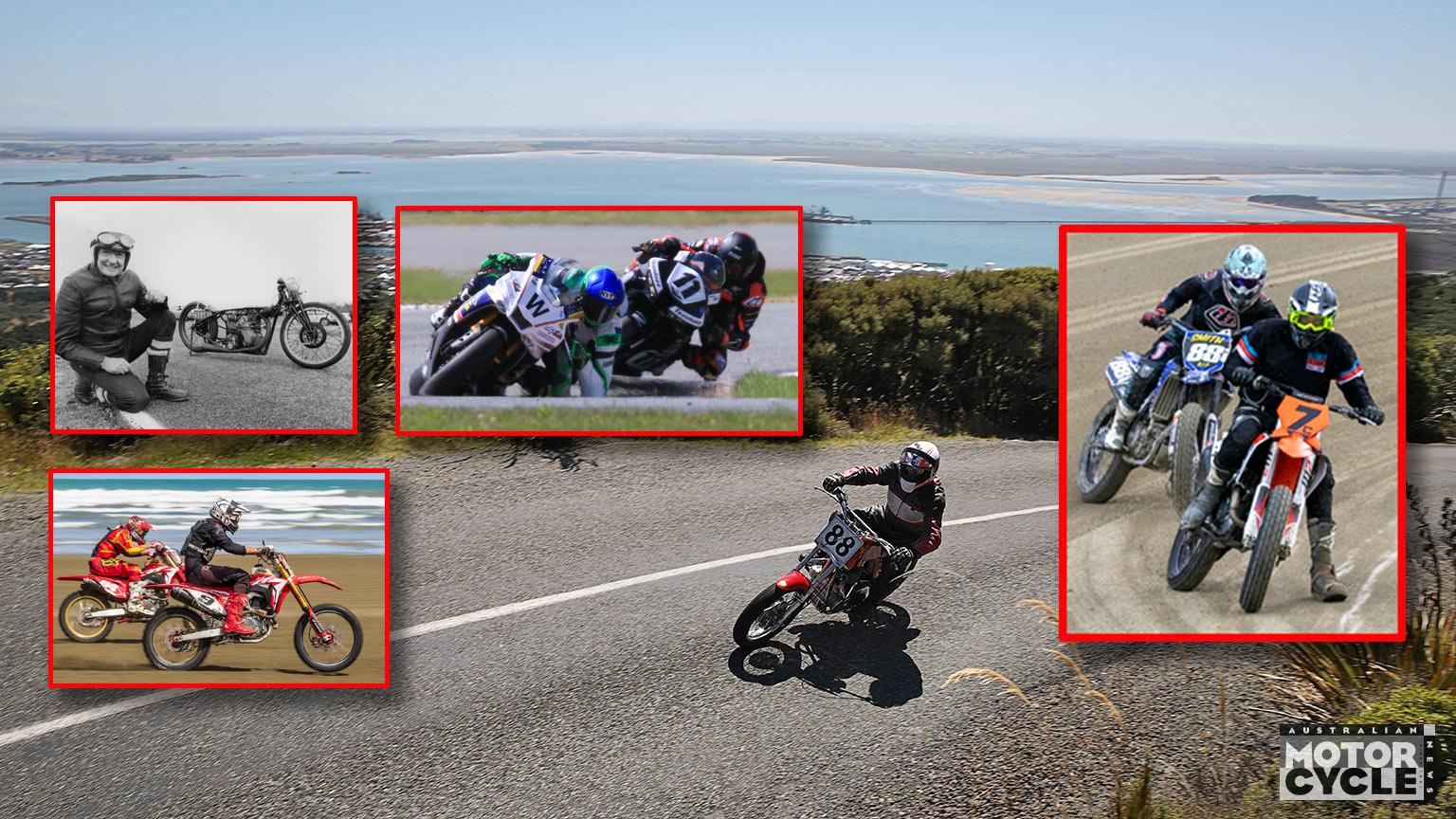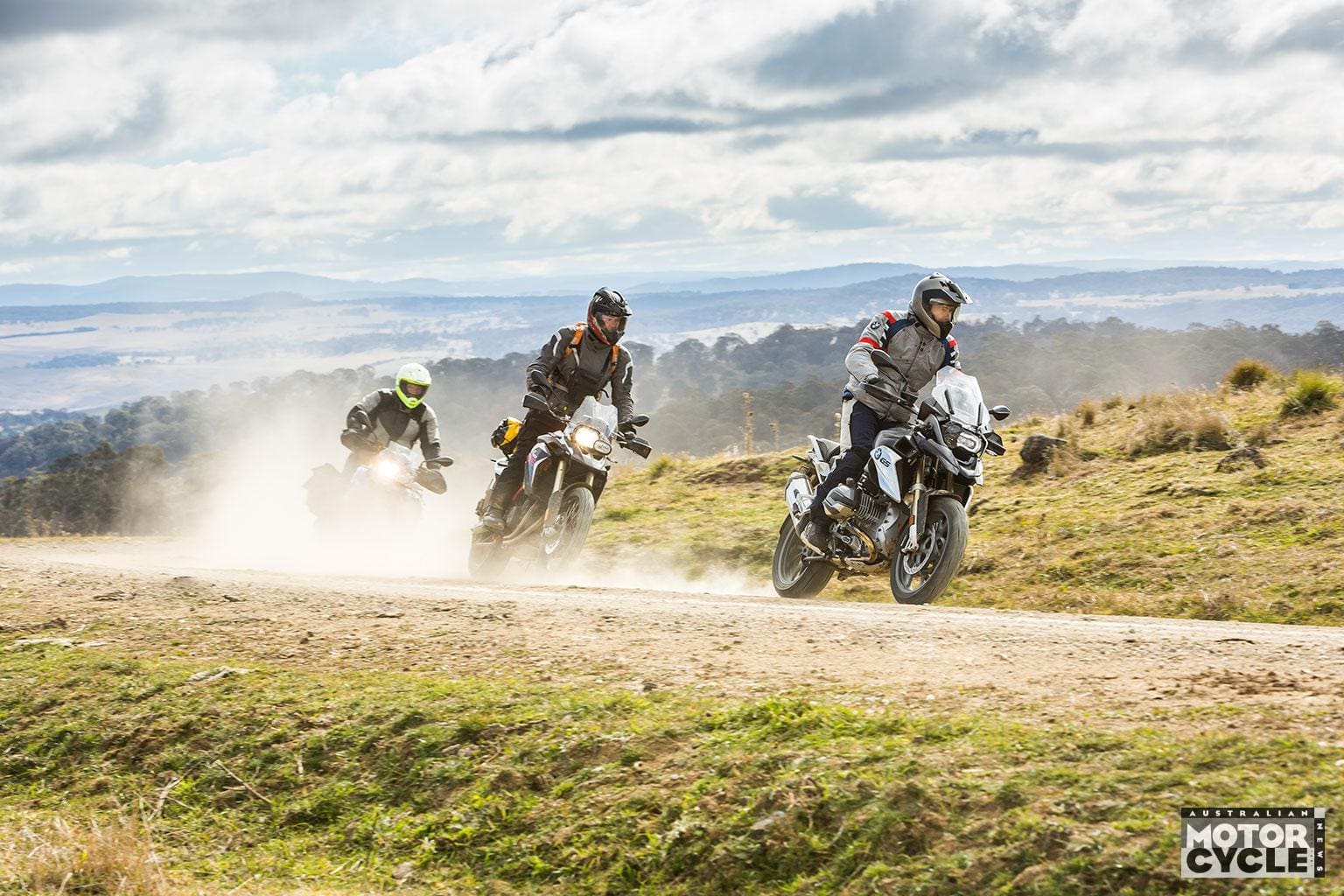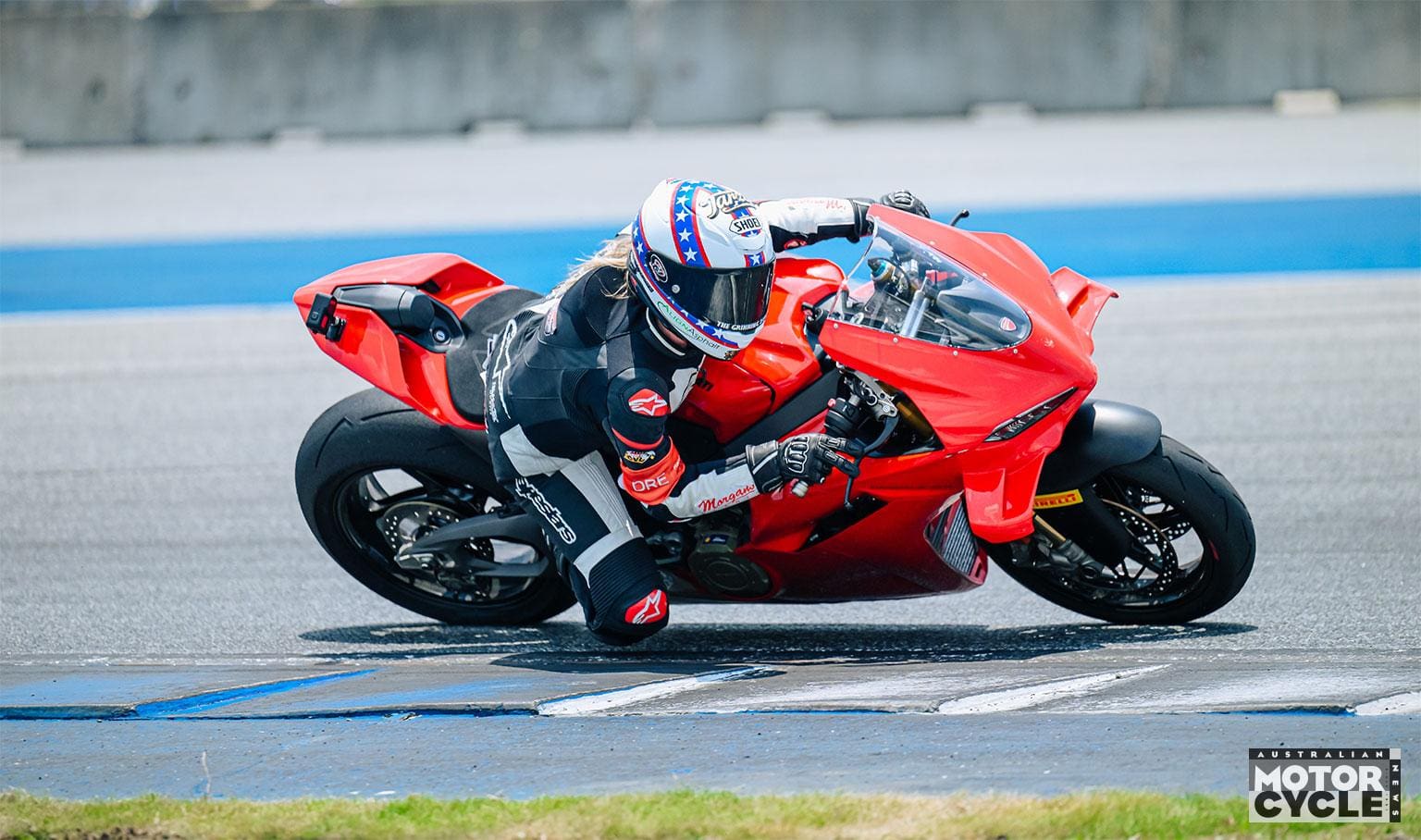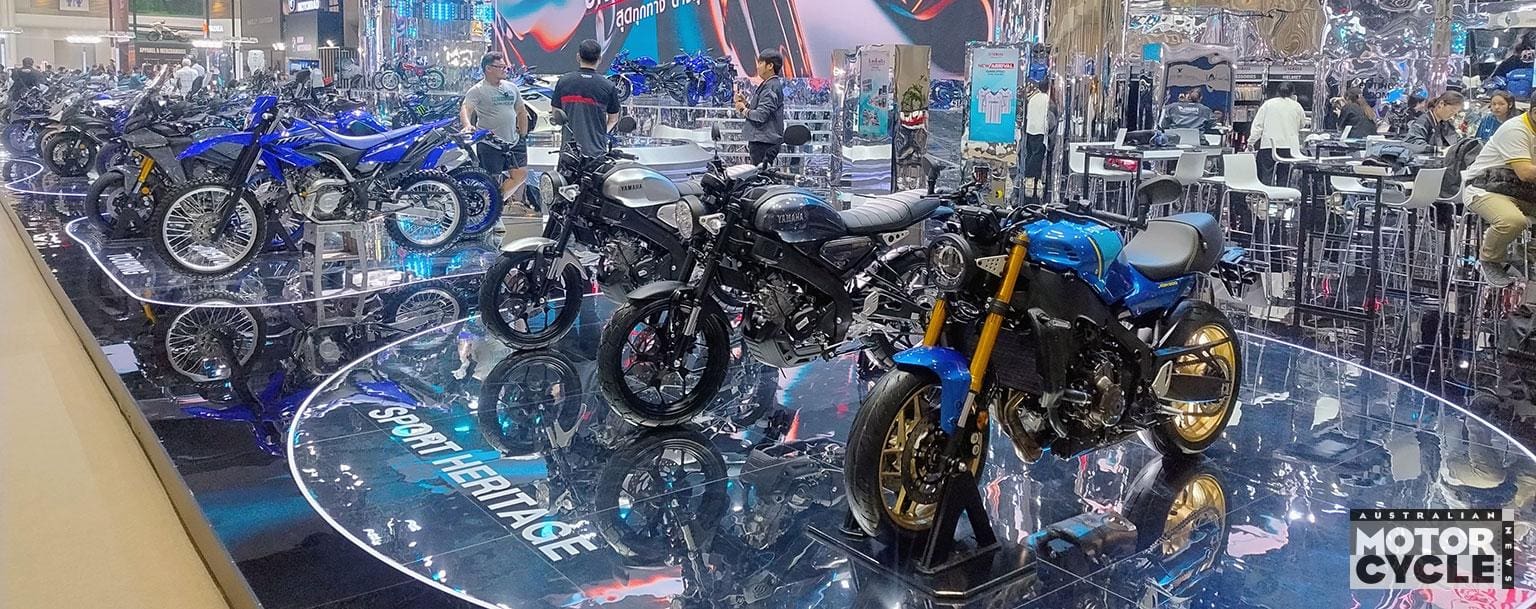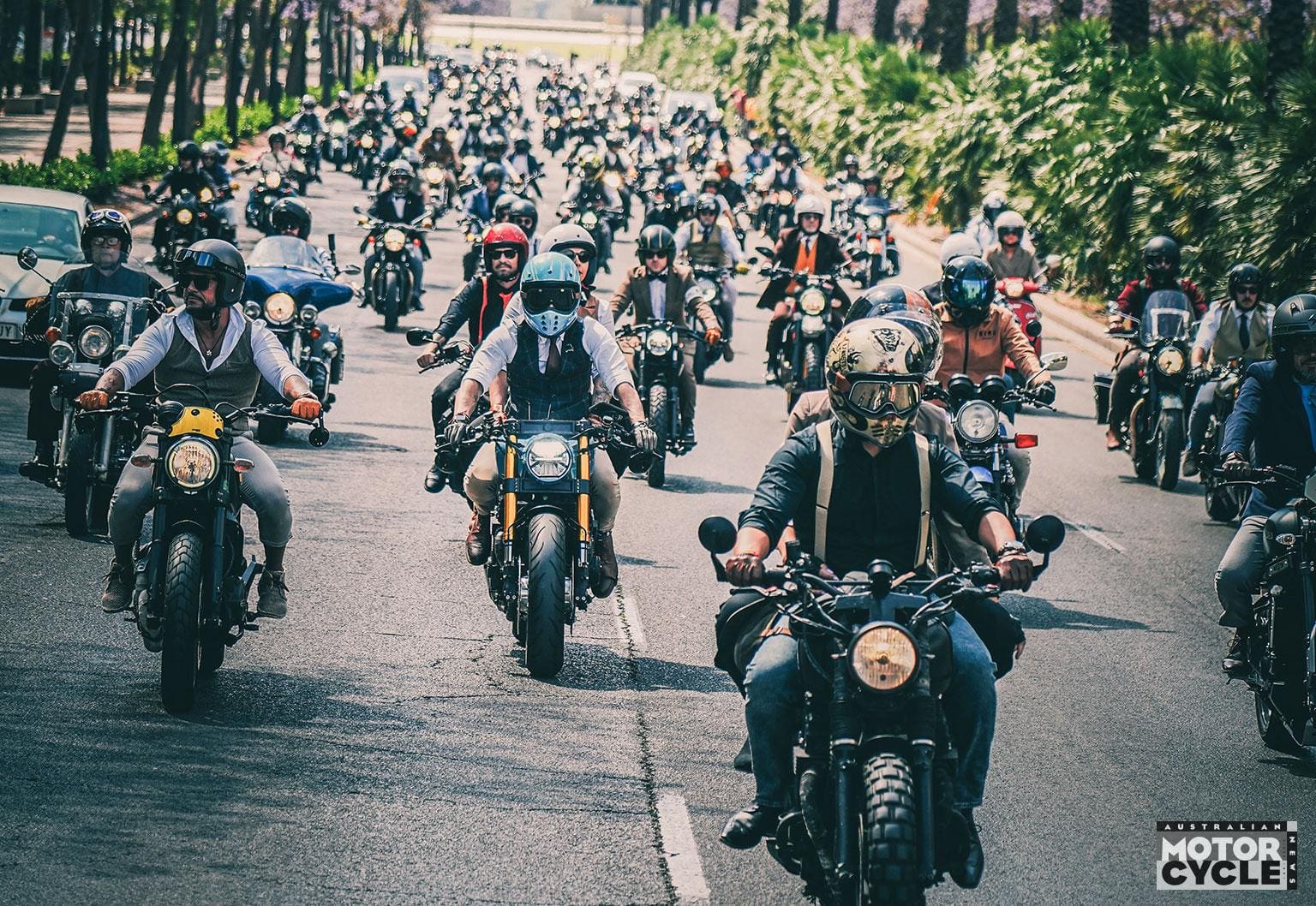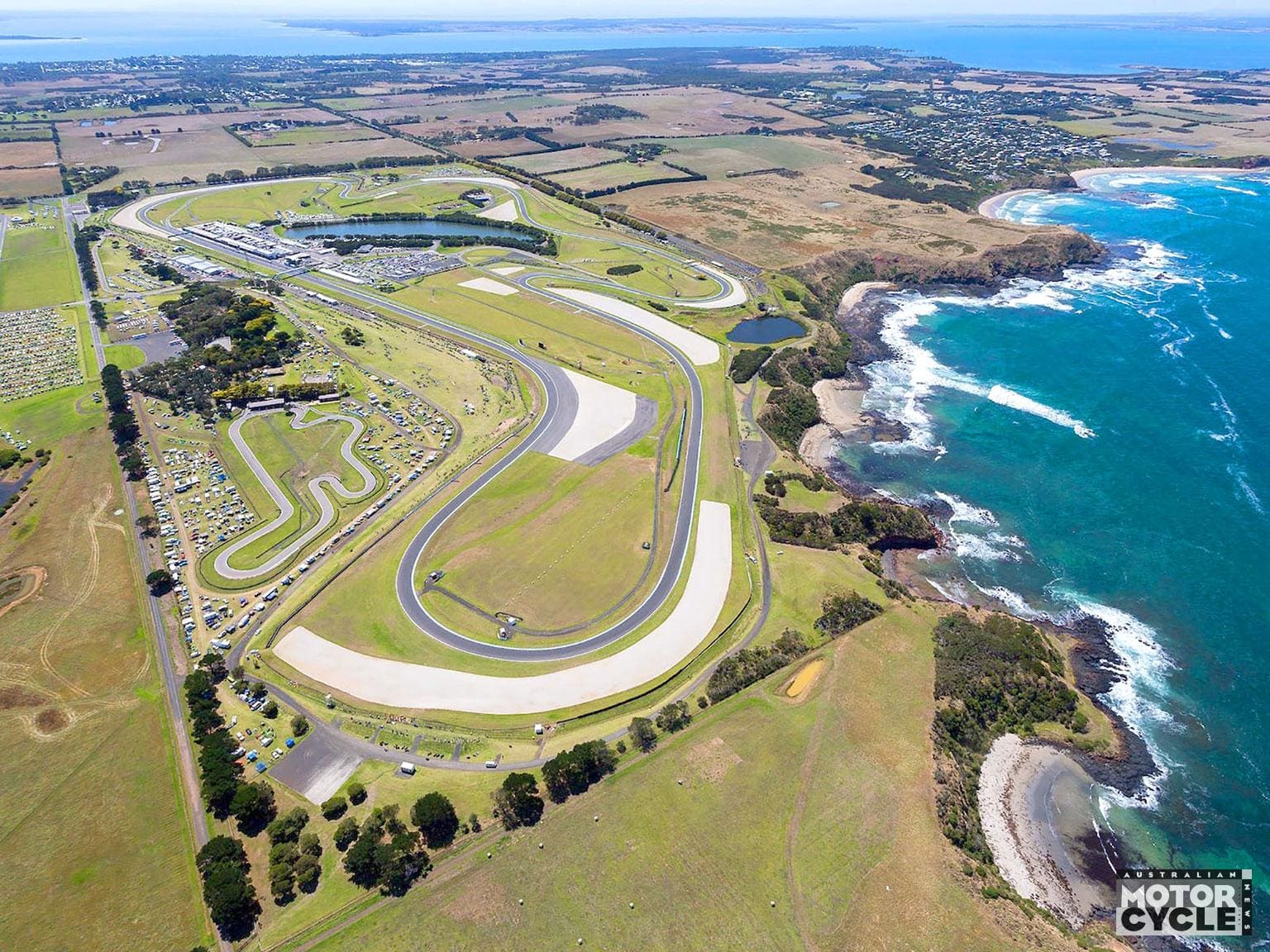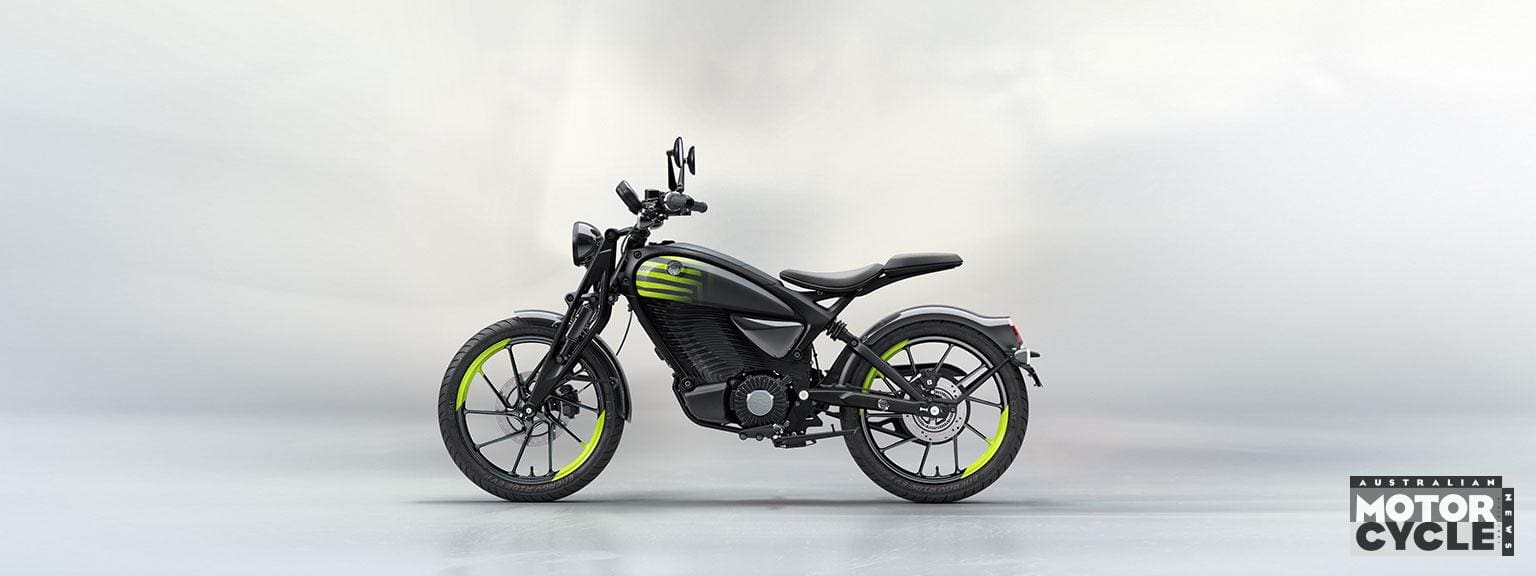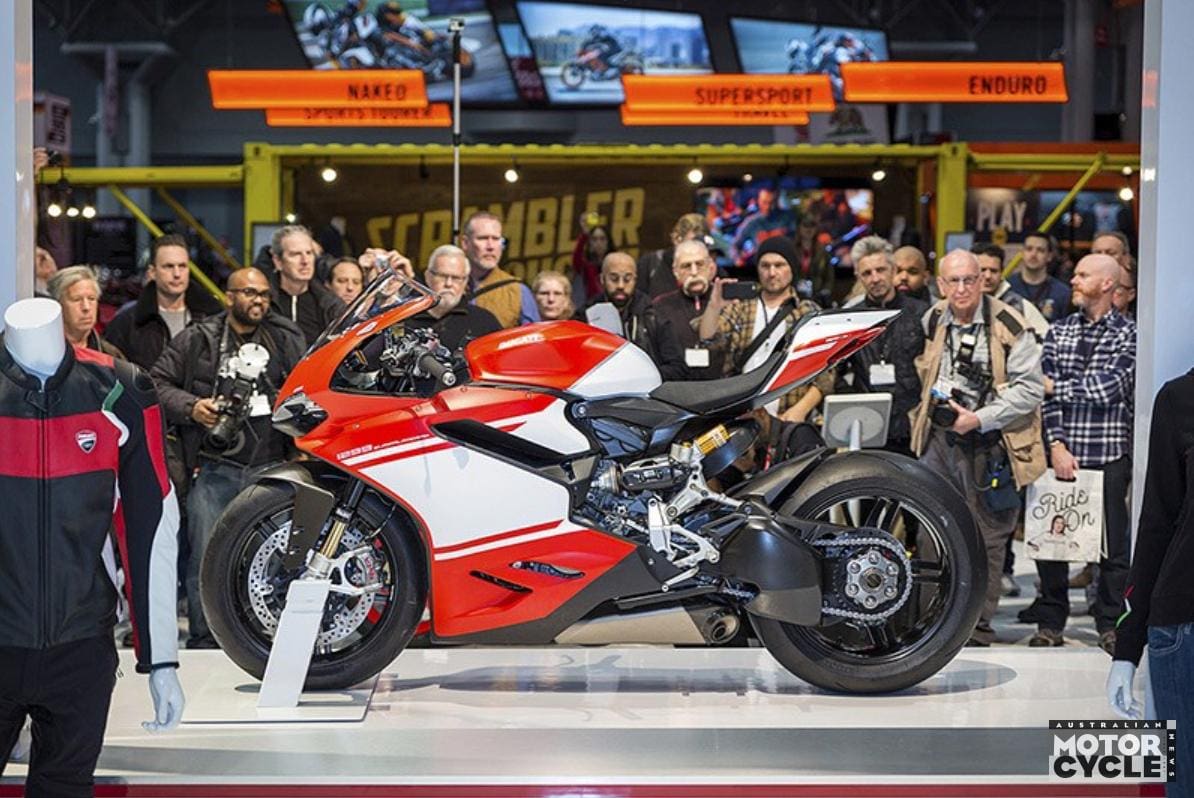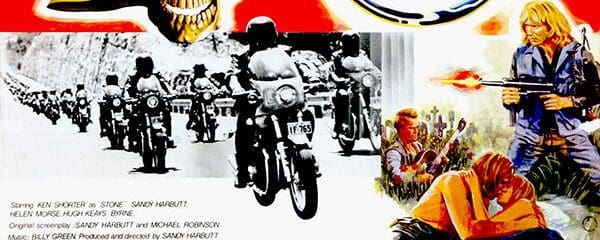The only indication we are walking on a racetrack are the fluorescent orange signs on the walls of the buildings lining the street that read: Zona Peligrosa, Prohibido al Publico. The message is clear: ‘Danger zone, no public access.’ With less than 24 hours before the streets of La Bañeza are to host one of Spain’s last remaining road races, work is just beginning on transforming the 1.75km maze of narrow streets into a racetrack.
Motorcycles have been racing in La Bañeza, a small dusty town in north-west Spain’s Castille province, since the 1950s. For the first couple of years it was an ‘unofficial’ event, according to local journalist Oscar Falagan. Moto Club Bañezano was then set up in 1954 to formally run the event as part of the town’s Festival of the Virgin Mary. Aside from a couple of years when there were ‘complications’, some form of racing has taken place on the streets of the town each August ever since.
“For the local people this race is like a religion,” Falagan says. “It is sacred. Nobody earns money from it and everyone who helps in the organisation of it is a volunteer. They are very humble people and they open their homes to the visitors and the racers.”
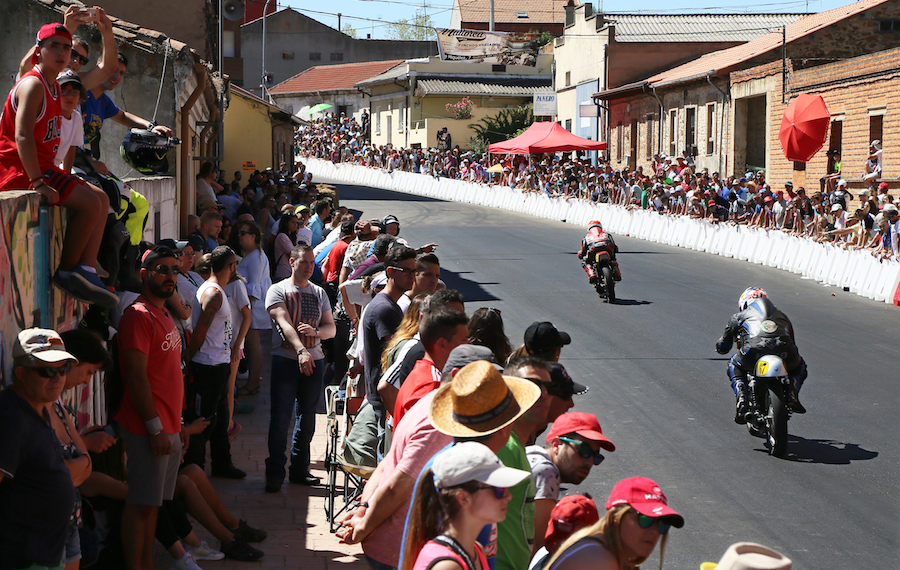
PICTURE BY STEPHEN DAVISON
They certainly open their bars, or more accurately their garages and front rooms, which are transformed into pubs all along the race route during the weekend. A constant supply of Estrella and San Miguel quenches the thirst and fuels the enthusiasm of locals and visitors alike.
This is my second visit to La Bañeza. My interest was first piqued when I saw YouTube clips of the manic action.
Getting there is easy, and it’s a trip many people are making nowadays. Just book a flight to Madrid, hire a car, drive 300km north on the main motorway and you’re there. On my first visit five years ago at least 25,000 people crammed into the town; this year it was double that according to La Bañeza’s tourism officer.
From 1977 until 1985 the Castillian venue was included as a round of the Spanish championship, but a spectator death in ’85 – amazingly the only one in the event’s history – brought an end to La Bañeza’s place in mainstream competition. It has since survived on a heady mixture of nostalgia and madness.
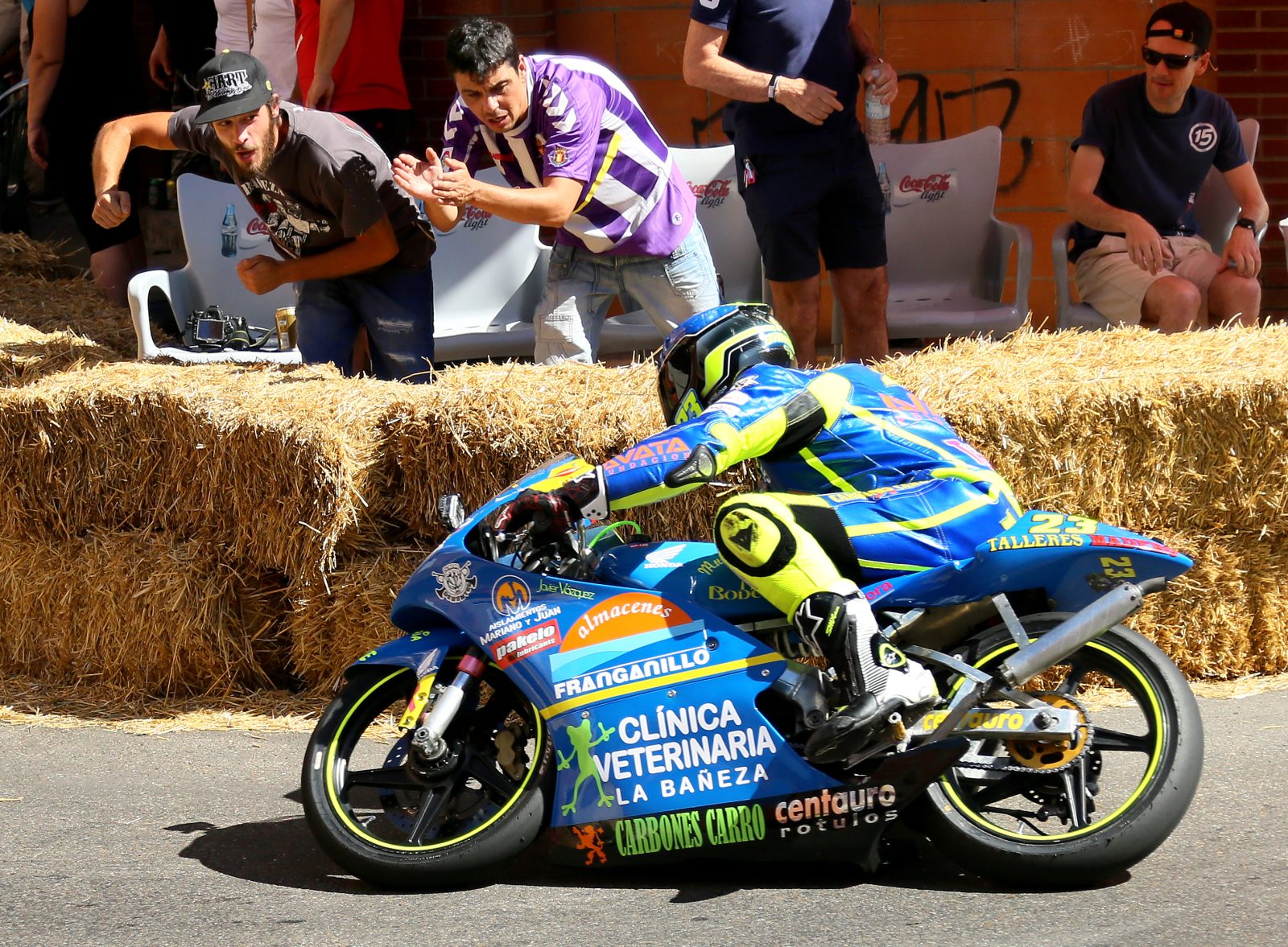
PICTURE BY STEPHEN DAVISON
Nowadays it’s a standalone event, attracting a host of Joses, Juans and Jorges, Spanish racers following in the wheel tracks of famous names like Ángel Nieto, Benjamin Grau, Jorge Martínez Aspar, Victor Palomo and Phil Read.
The field of more than 100 riders this year was almost exclusively homegrown, although it’s not always so. Occasionally foreign road racing adventurers still turn up. Irishman Sam Dunlop, the nephew of Joey and Robert Dunlop and a 125cc aficionado, made the pilgrimage a couple of years ago after seeing internet footage of the event.
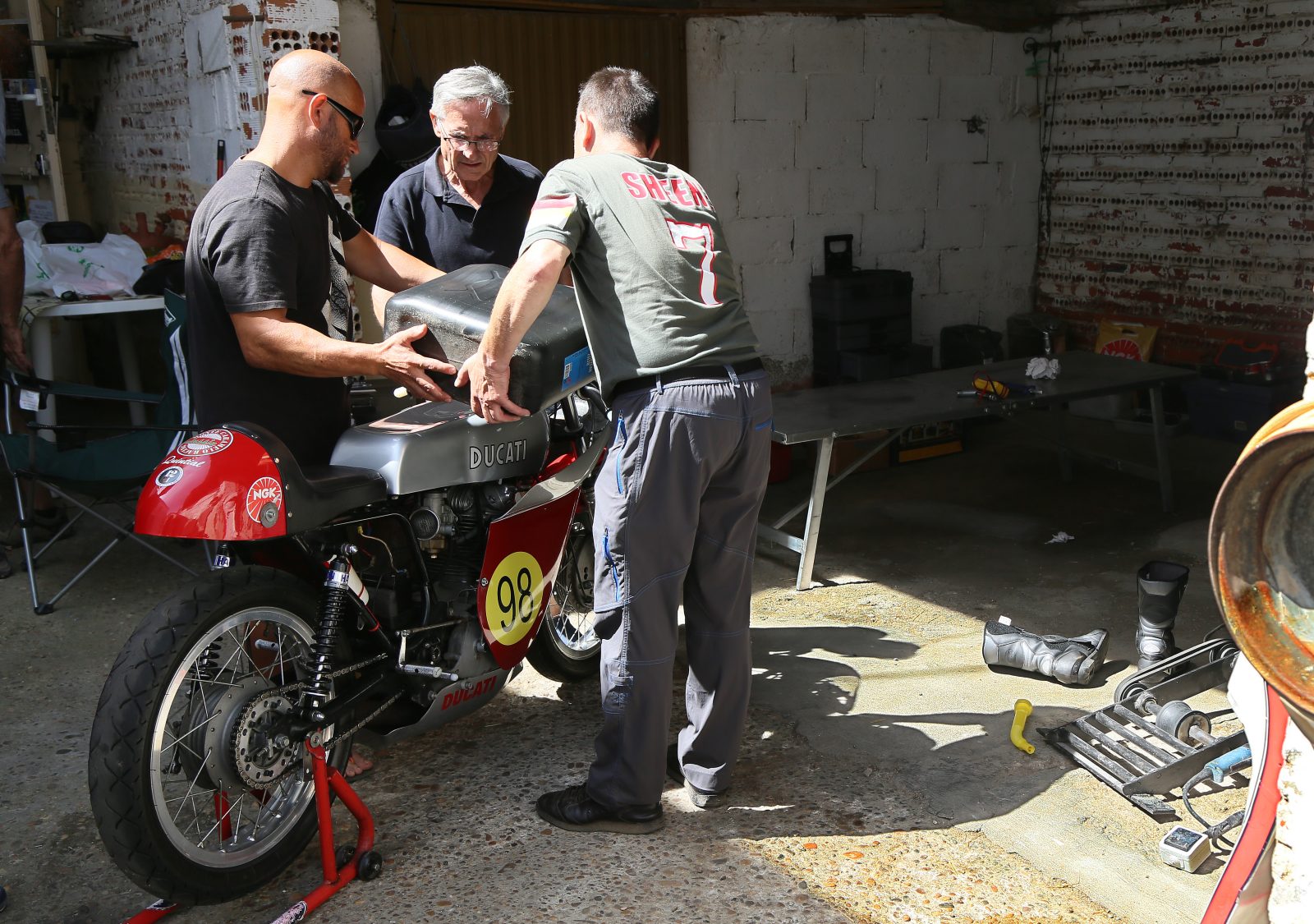
PICTURE BY STEPHEN DAVISON
Most of the riders are amateurs whose upper level of competition is Spanish championship at best. But some have raced in the world Superstock series, like Alexandro Martínez Mas, who has won the 125cc race in the past and finished runner-up this year.
The races involve four very different classes of machinery. Pre-1972 classic machines (250cc two-stroke and 500cc four-stroke) have one race each. Ossas, Montesas and Bultacos dominate the stroker class, Italian machinery the four-stroke category, with the odd Triumph, Norton or BSA thrown in for variety.
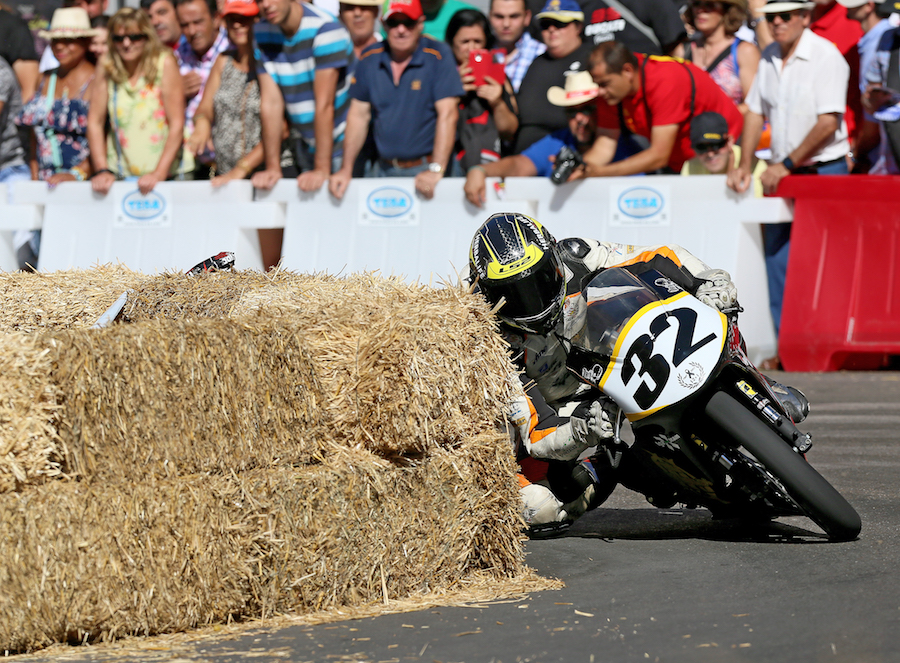
PICTURE BY STEPHEN DAVISON
The most recently introduced class is Classic Super Series, which is restricted to 650cc European bikes manufactured prior to 1984, and again Moto Guzzis and Ducatis are the most popular marques. An exception is made for the Spanish-built 400cc Yamaha-engined Sanglas. Given that most motorcycles manufactured in Spain in that era were two-strokes, it’s hardly surprising there are three times as many of these machines entered than any other.
The premier race, the 15-lap City of La Bañeza Grand Prix of Speed, is for GP-spec 125cc and Moto3 bikes. In 2012 there were no four-strokes in this race, but this year’s winner was Antoni Castillejo Lorente on a Moto3 machine.
There is massive interest in the historic side of the race and the fans seem just as enthusiastic in their support of the classic racers as they are of the GP125 riders.
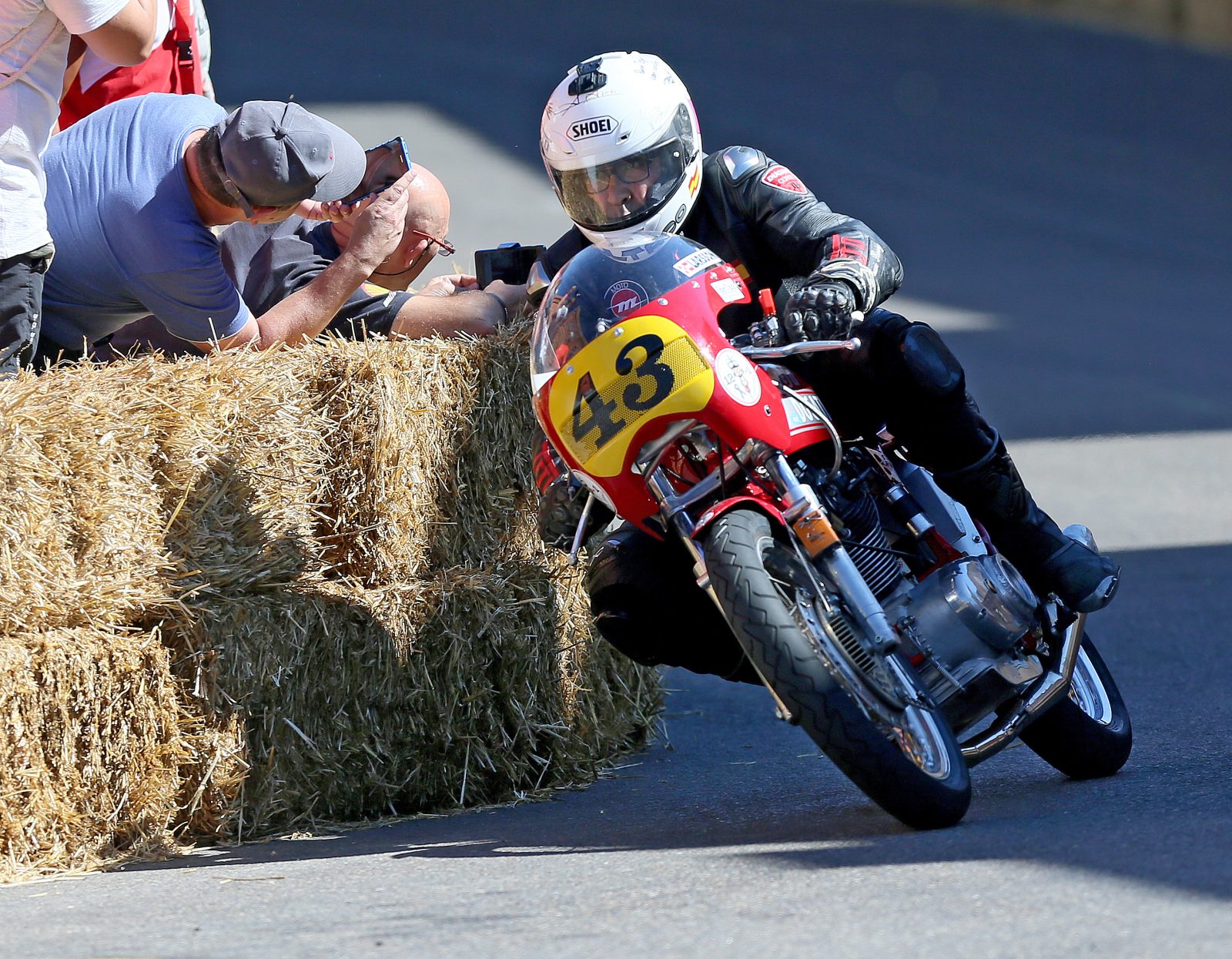
PICTURE BY STEPHEN DAVISON
The pits, a line of awnings offering shelter from the blazing sun, are pitched along the narrow lanes running parallel to the main start/finish straight. This is normally a quiet residential street, lined by houses whose accommodating residents are barricaded inside on race day by walls of straw bales built outside their front doors.
Practice is run in the relative cool of Saturday evening, but the allotted start time of 5pm comes and goes without so much as a whiff of Castrol R in the air. There is no hurry in La Bañeza. Nothing interferes with siesta.
Nor is there any entry charge. Everything is free except the beer.
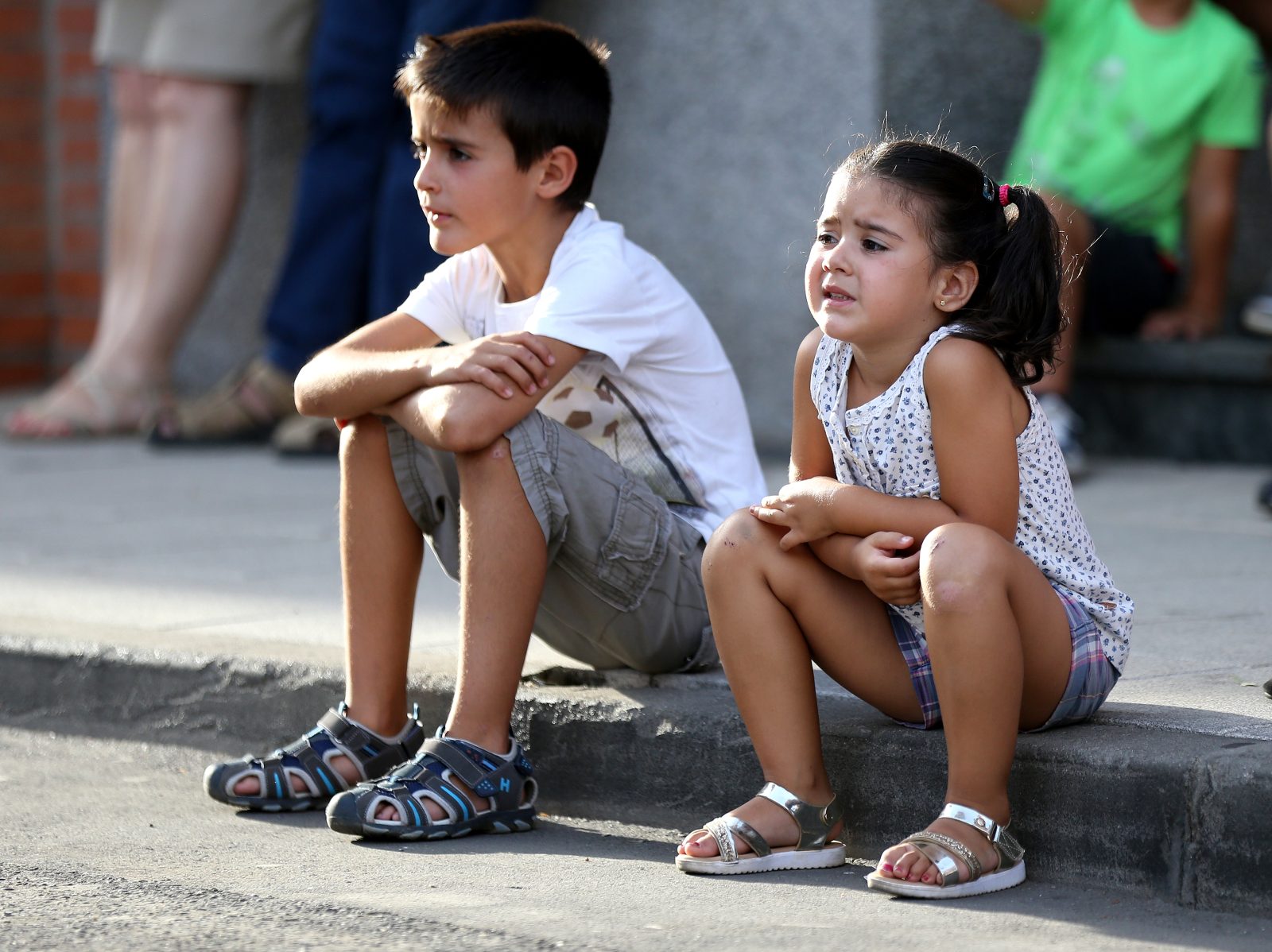
PICTURE BY STEPHEN DAVISON
Just before the action finally begins, extra entertainment is provided by a procession of colourful giant cartoon characters marching through the pits led by a drummer and some flute players. Snow White and the seven dwarfs plus Laurel and Hardy wandering down the street makes a surreal sight, especially for crews still trying to coax their machines into life, but this is a community event and everyone in the town gets involved.
A handful of Civil Guards and Policia Local struggle to maintain order as race fans pour out of the makeshift bars to cheer on their favourites.
After practice and qualifying for each class, the action draws to a close as the setting sun casts an orange calm over the town. The racers prep their machines for the next day’s racing and the crowds stream into the centre of town to enjoy a medieval-themed festival and presumably pay tribute to the Virgin Mary with as many pints of Estrella Galicia as they can get down their necks.
Sunday’s racing takes place in the fierce afternoon heat. The Spanish two-strokes that sounded awful in their day are no easier on the ears now, and are soon followed by the booming four-strokes.
A brief interlude sees the tension build before the 125 feature race. Ángel Nieto’s sons and grandson are driven around the circuit to chants of ‘Nieto, Nieto’. The lap of honour is a tribute to the ‘12-plus-one’ time Spanish world champion and former La Bañeza winner who had died just a few days earlier.

PICTURE BY STEPHEN DAVISON
Although each race is hotly contested and huge celebrations follow every victory, La Bañeza is about a lot more than just the on-track action. Sometimes the most interesting scenes are at the side of the road as spectators seek better vantage points or camera angles. Just how far the fans will go to get a good view is amazing. As those in front lean out, the people behind lean even further to get a better shot on their mobiles. Sometimes they jump back as they hear the bikes closing in, and sometimes they don’t bother, the gap between fans and fairings often little more than a few millimetres.
Water-filled bollards separating the public from the racers pay lip service to OH&S since my last visit, when the front wheels were shaving the toes of fans as they stood unhindered at the very edge of the kerbs. The sheer force of numbers means crowd control poses huge problems for the marshals and local police.
Straw bales are still the protection of choice in La Bañeza and are used on the apex of almost every corner, creating spectacular explosions of golden grass when a rider’s shoulder brushes them. Rudimentary as the safety measures may be, it makes for exciting viewing. The bales create a new hazard as the following riders slither on the loose straw that gets dropped on the tarmac. I witnessed at least two crashes caused by the errant grass.
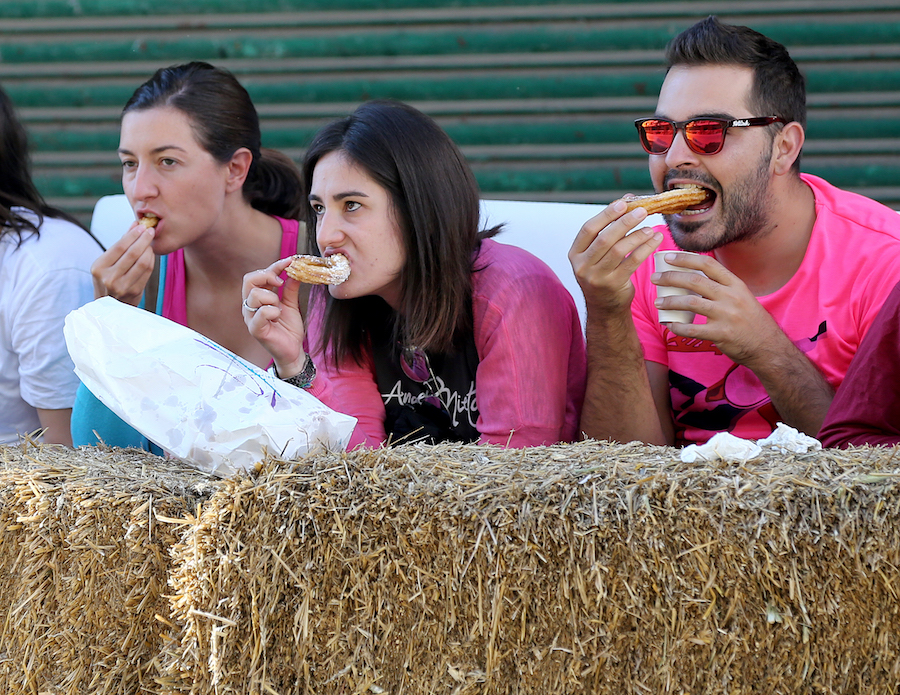
PICTURE BY STEPHEN DAVISON
There may be an element of madness surrounding La Bañeza, and it’s hard to imagine such a race taking place around the streets of any non-latin town, but the speeds are much lower than at events like the TT and the organisers limit risks with reduced engine capacities. On the longer streets, the quicker bikes can reach 150km/h, but lap averages are under 90km/h.
La Bañeza can be heart-stopping stuff to watch, especially for the race organisers. Oscar Falagan sums up their relief when he glances up to the heavens and crosses himself as the chequered flag falls on the final race: “There is peace in my heart,” he murmurs as the racing comes to a close without major incident.
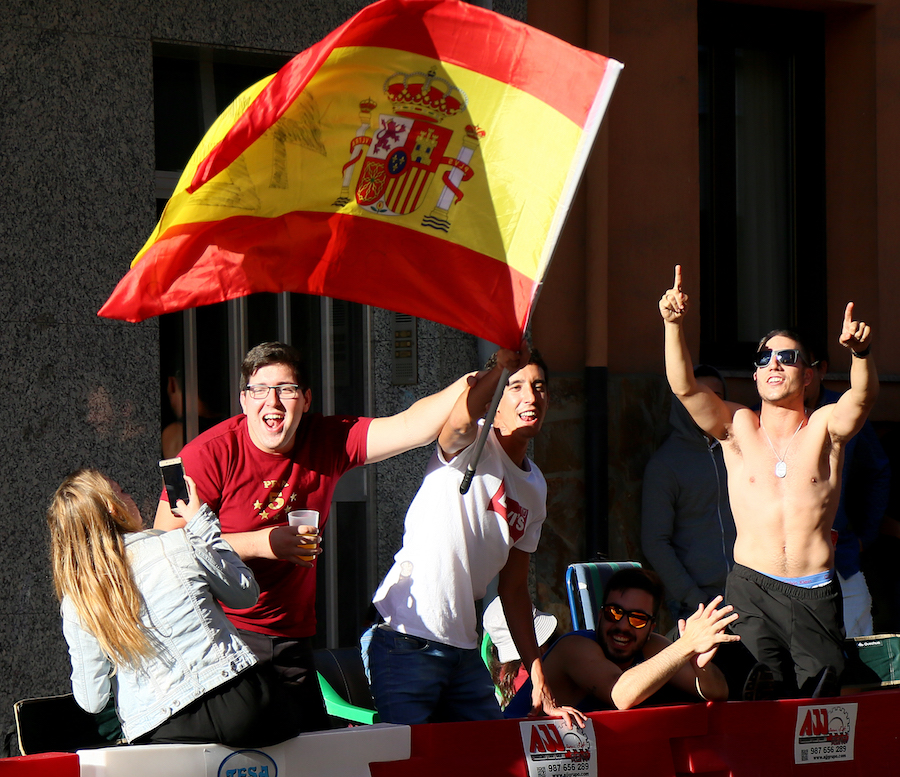
PICTURE BY STEPHEN DAVISON
Many riders have to make their way back through departing crowds as the streets are invaded as soon as the winner passes on his slowing down lap, but within 10 minutes the streets are empty as the crowds dive into the bars, seeking shade and more Estrella.
Like some kind of fossilised remnant of motorcycle racing from a bygone era, these unique races have been preserved in the amber of this sleepy Spanish town. They were invented before the term ‘Health and Safety’ existed and continue today largely as if it still doesn’t. It remains an incredibly unsanitised spectacle. Go and see it before some soulless bureaucrat decides it shouldn’t be allowed. It will take your breath away, hopefully not forever.
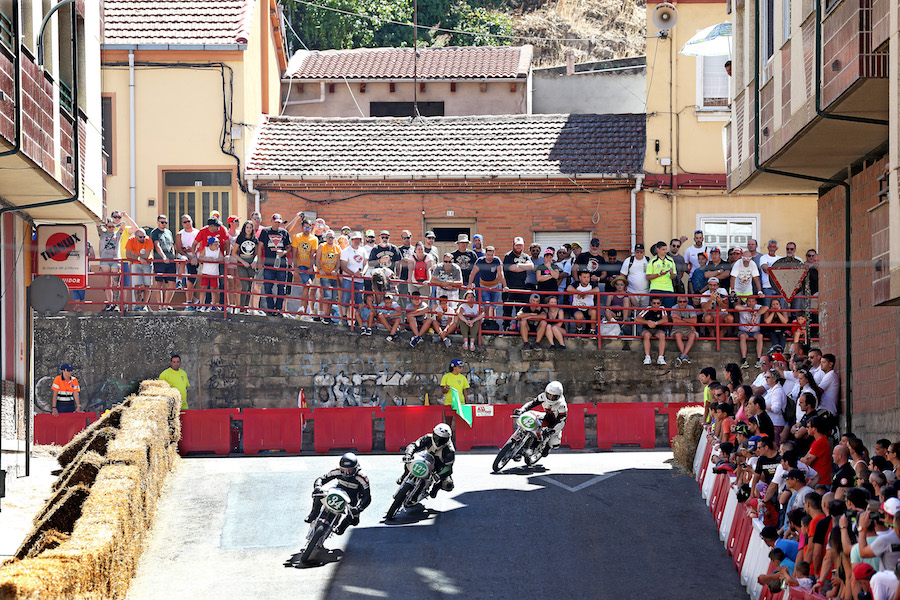
PICTURE BY STEPHEN DAVISON
WORDS & PHOTOGRAPHY
STEPHEN DAVISON
